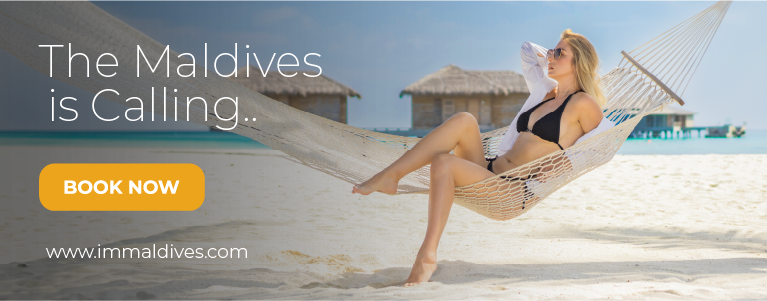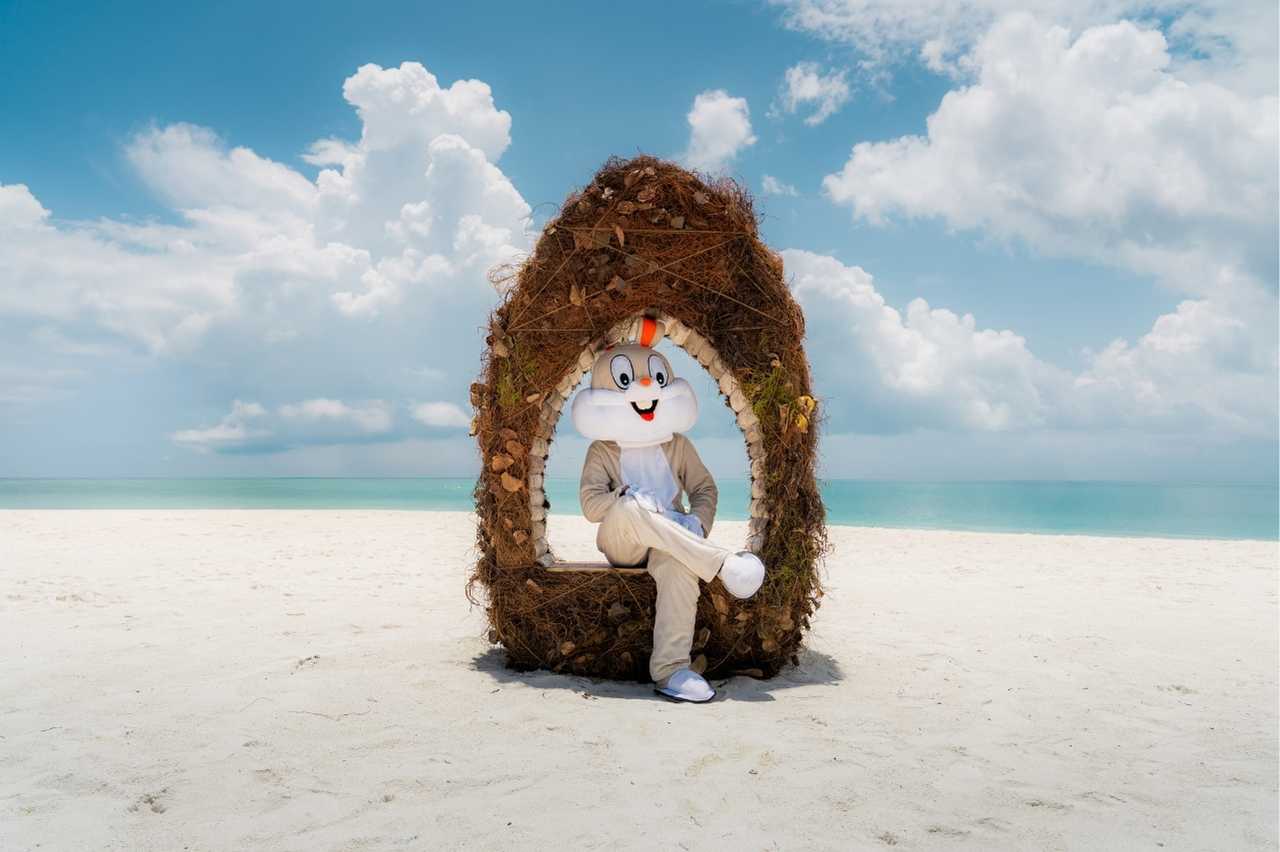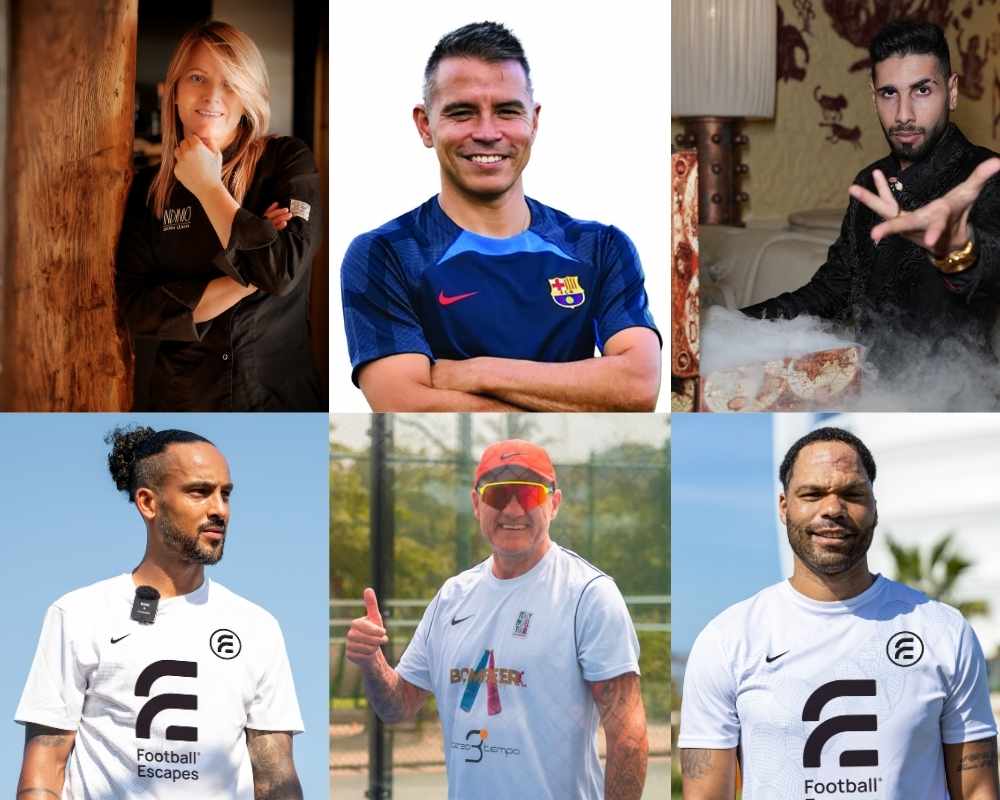As the countdown to Seaside Finolhu much anticipated reopening begins, it is not just the luxury Maldives resort’s design, facilities and services that are undergoing an extensive upgrade. The entire Finolhu team has been hard at work implementing new protocols and measures to ensure the wellbeing of both guests and islanders is fully protected when the resort begins welcoming guests again from 01st October 2020.
With every region of the world affected by the Covid-19 pandemic and many countries currently in various stages of recovery, the focus has been shifting to ensuring customer safety as businesses reopen. Affecting almost every industry and facet of daily life, a number of new procedures are being introduced to reduce the risk of infection by changing people’s habits and behaviours. In the tourism industry, managing these measures requires a balance between ensuring people’s safety and minimising their impact on how people go about their activities.
In updating its cleaning regimes to incorporate even more rigorous standards, Seaside Finolhu has partnered with Ecolab, a world leader in hygiene and cleaning technologies and services. The resort’s enhanced and expanded cleaning procedures include additional COVID-19 protocols and best practices that meet the recommendations set by the World Health Organization, the Centers for Disease Control & Prevention, and local public health authorities in the Maldives.
Working with Ecolab, Seaside Finolhu began by conducting a thorough assessment of every point of guest contact and then developed a health and safety plan that works by minimising contact, ensuring thorough sanitisation where contact is inevitable, promoting social distancing measures, and educating both the resort’s staff and the guests on maintaining advanced hygiene practices that start before guests arrive at the resort and continue until they are on their way home again.
Our in-house medical Doctor is working closely with a team of medical experts at the Health Protection Agency to ensure the resort team receive the guidance and resources they need on returning to work and keeping guests safe in this new environment. The extensive training our Islanders undergo is focused on educating and empowering them to deliver our enhanced health and safety program with complete understanding and confidence so that they are able to pass on this care to each and every guest. We place an especially strong focus on re-training programs for our Housekeeping teams to ensure they are kept up-to-date on all of the cleaning protocols which are being implemented across the resort.
Marc Reader, General Manager, Seaside Finolhu
Even before they arrive at the resort, guests coming to Finolhu will travel on regularly sanitised planes, be provided with masks to wear during their flight, and be met by Airport Representatives and staff wearing PPE. Upon arriving at Seaside Finolhu, guests will be able to avoid going through the usual check-in process and head straight to their villas. Touchless transactions are the new normal throughout the resort and even check-out is now a paperless process.
Inside the villas, frequently touched items such as key cards, glassware, upholstery and remote controls are sanitised regularly. For their added protection and peace of mind during their stay, every guest will receive a “Care-4-Me” kit that includes face masks, hand sanitiser, and sanitisation wipes, while some non-essential items like note pads and service directories have been removed from the villas. Air conditioning filters and ducting also undergo advanced cleaning and sanitisation before each guest arrival, and the new housekeeping measures incorporate amended laundry protocols and the use of additional anti-Covid approved disinfectants applied by electrostatic aerosol sprayers which enable touchless disinfection.
While Finolhu has always applied rigorous standards to its food and beverage hygiene, these have been enhanced and supplemented with extra measures. All of the resort’s F&B staff undergo thorough training in safe food preparation and service practices and adhere to a strict self-inspection protocol that applies food safety standards as their guidelines, with compliance validated by independent audits. All training, audits and verification inspections are conducted under the auspices of Nsure, a recognised leader and partner in Food Safety, Health and Safety, and Sustainability in the Maldives. Additional measures include full PPE worn by F&B staff, digital menus and display boards in place of menus, reduced capacity operations to enable social distancing, and contactless delivery for in-villa dining.
Under its new health and safety plan, all of the Seaside Finolhu’s public areas are now cleaned more frequently and with EPA-approved hospital-grade products, while signage placed around the resort remind guests of the importance of maintaining social distancing protocols and using the hand sanitiser gel which is placed near all entrances, fitness areas, and public meeting areas.
The resort’s wellness areas and Spa treatment rooms are closed for cleaning and sanitising multiple times each day, while a reduced number of guests are allowed in these areas at any one time. Personal training sessions are now held in the privacy of the gym, and wellness activities such as yoga and Pilates are available for individuals, couples, or small groups only, with safe distancing strictly applied. Before receiving a Spa treatment, guests must change their clothes in a changing room designated for their individual treatment room, while the Spa’s Therapists wear the necessary PPE.
We also believe that our Islanders should be grounded in their emotional intelligence. For this reason, they also receive behavioural training to ensure that empathetic and personalised care and connections remain despite the reduction of close contact and face-to-face interactions with which we have all become so accustomed.
Marc Reader, General Manager, Seaside Finolhu
The extensive cleaning applied at Oceaneers, Seaside Finolhu’s kid’s club, includes electro-static mist treatments that apply a hospital-grade disinfectant in the bathrooms, play rooms and other shared spaces. To minimise the sharing of toys and other items, some games and activities have been replaced with new alternatives.
While extensive research and preparation has gone into designing Seaside Finolhu’s new health and safety plan, the resort stresses that the key to its success is understanding and compliance of all related stakeholders, including both staff and guests. To this end, Seaside Finolhu has gone to great lengths to train its staff, not only on the new protocol being implemented but also the reasoning behind each and every measure.
With just weeks until it opens its doors once more, Seaside Finolhu is gearing up for its grand reopening driven by the resort’s health and safety promise that guests will receive peace of mind at Seaside Finolhu.








